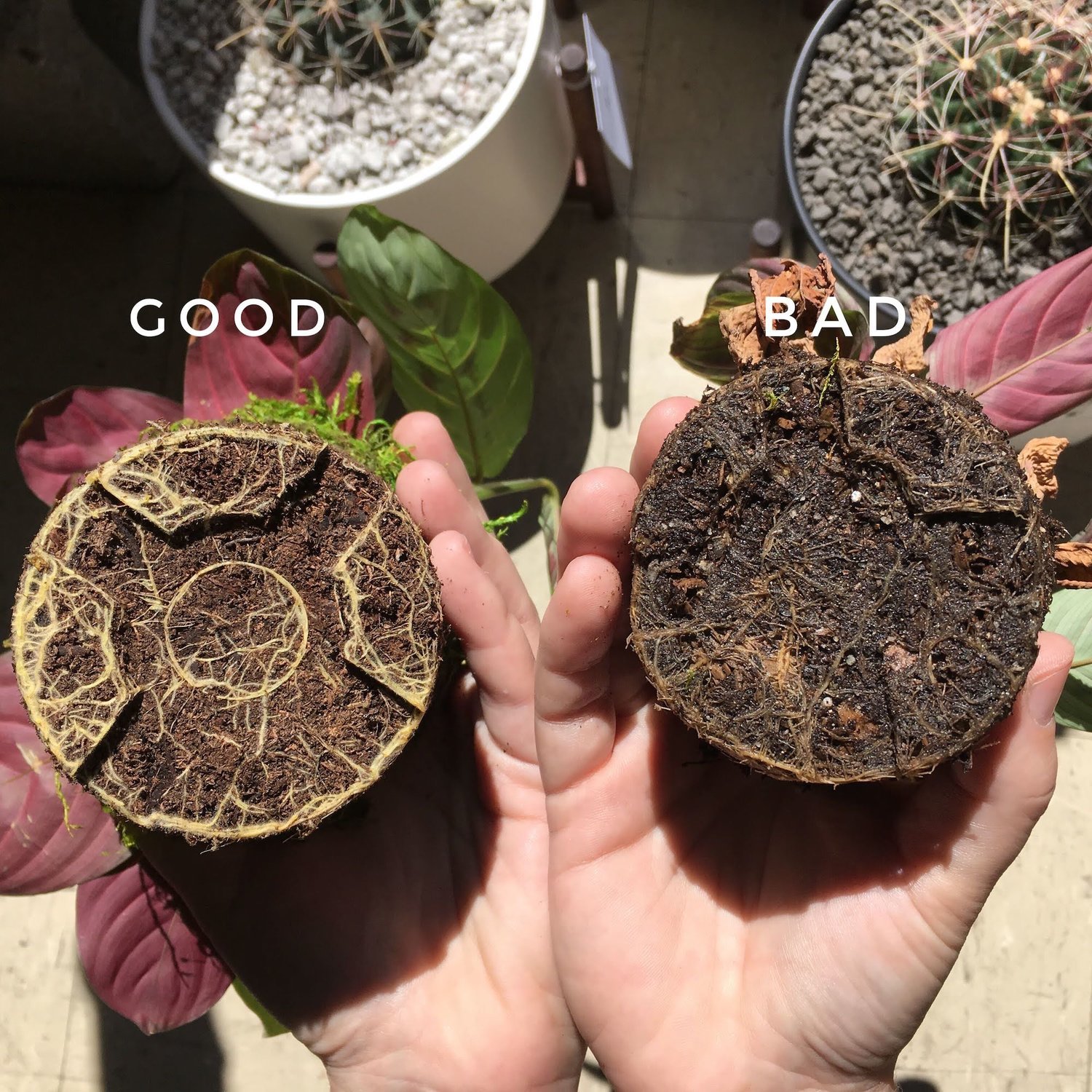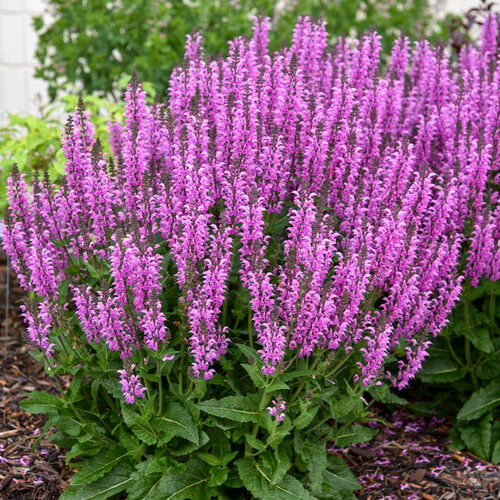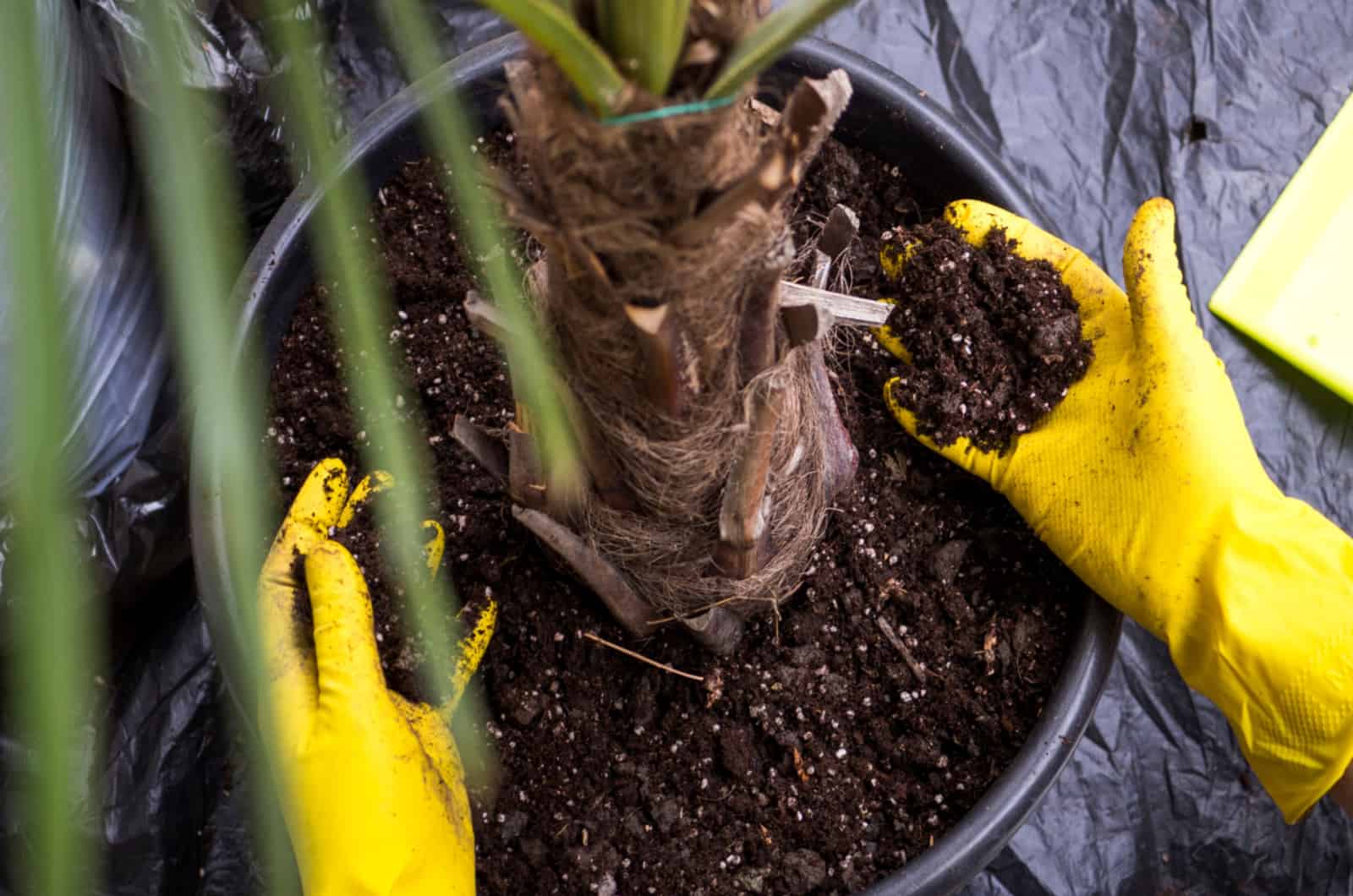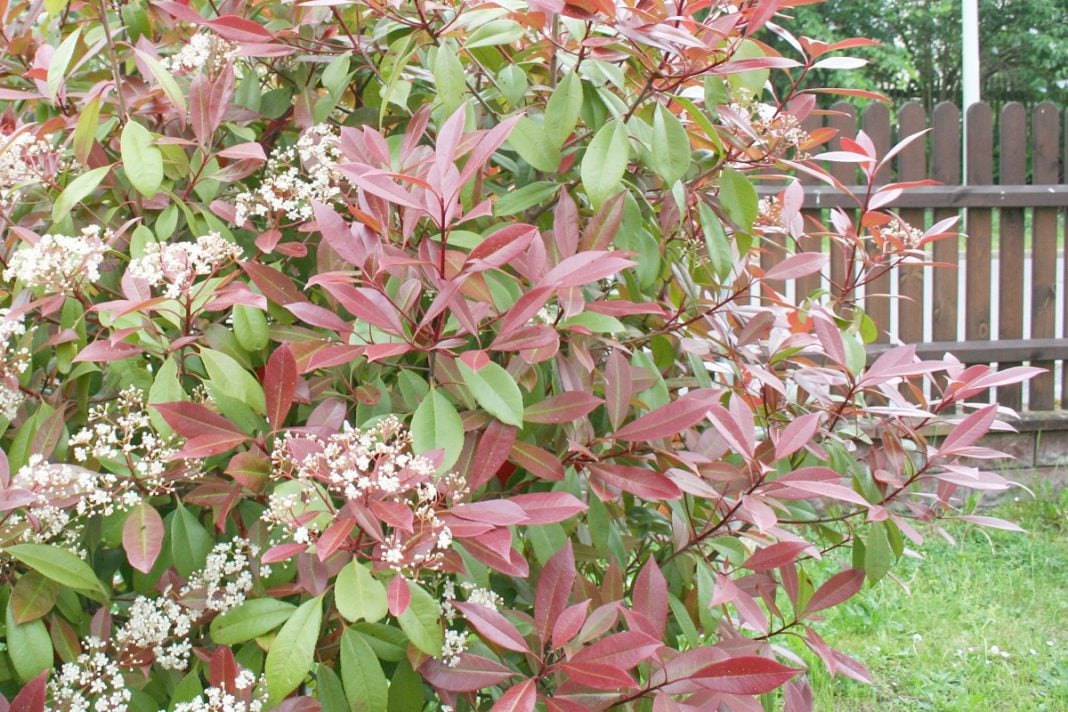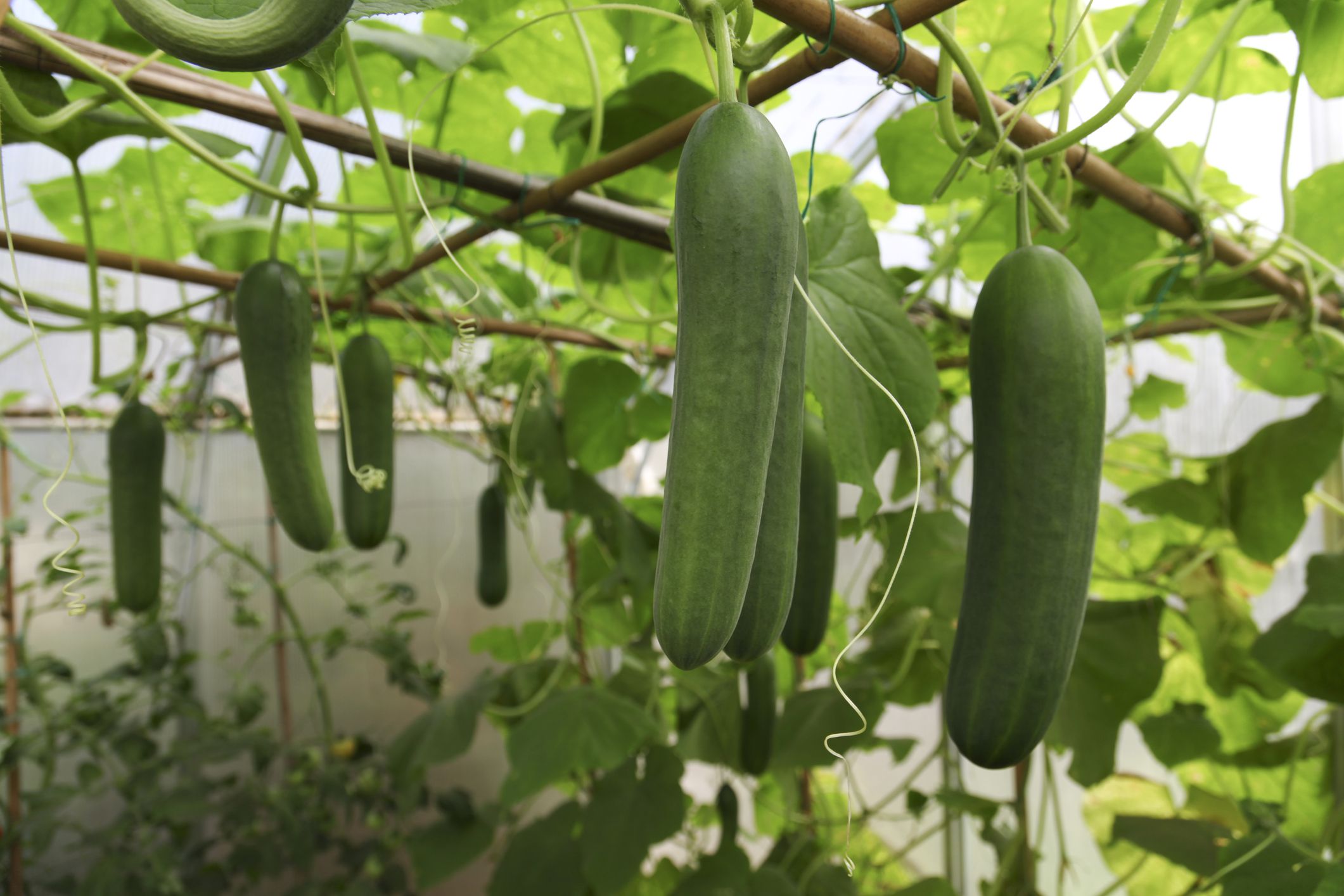Will Root Rot Fix Itself?
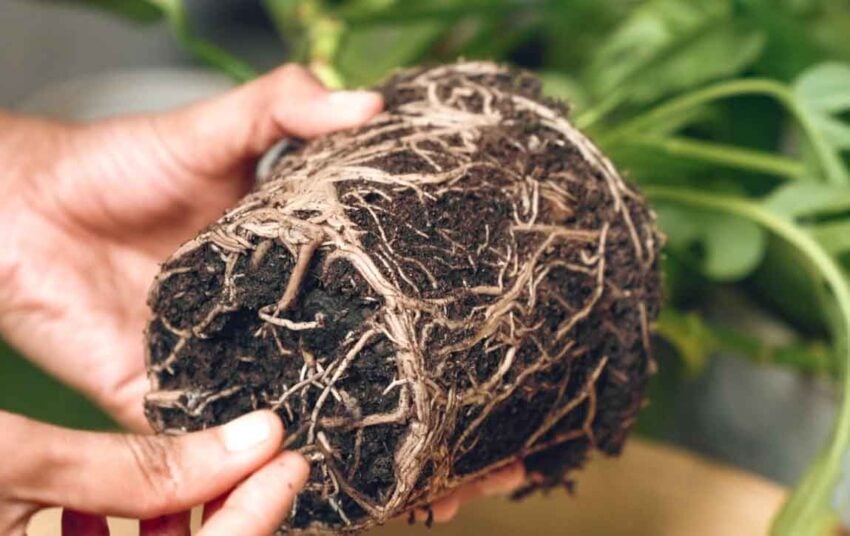
Table of Contents
Root rot is one of the most common and troublesome issues that gardeners and plant lovers face. It is a destructive fungal disease that attacks the roots of different kinds of plants, resulting in their decay. This is one of the common problems with azaleas in pots. In addition, it causes wilting, yellowing of the leaves, and eventually, the death of these plants.
These root rot fungi are present in the soil and infect the plants through wounds, damaged roots, or waterlogged soil. With time, the roots become incapable of drawing water and nutrients from the soil, resulting in declining plant health.
Keep reading to learn more about root rot!
How Can You Identify Root Rot?
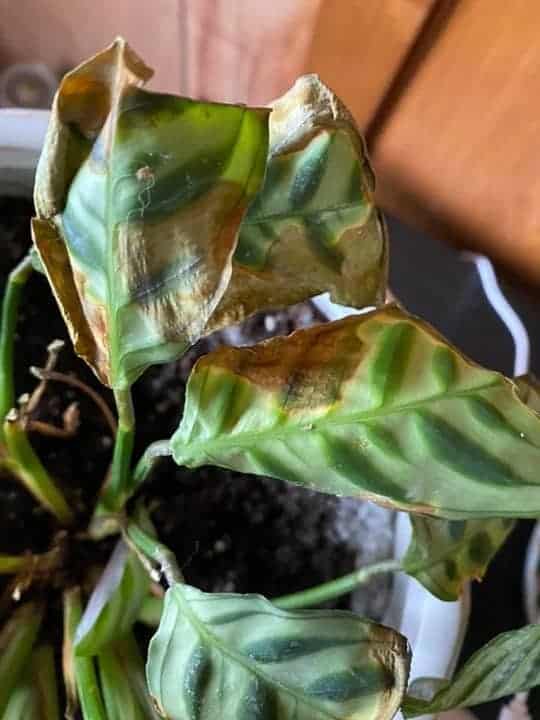
There are various ways of identifying root rot in plants. Take a closer look at the various symptoms given below:
- Stunted Growth: If you find your plant not growing as it should be, it is an indication that the roots of the plant are rotting.
- Above the Ground Symptoms: You must examine the plant closely and look for signs of waiting, yellowing, or browning of leaves.
- Check the Roots: Dig around the base of the plant, and if you find the roots to be brown, black, mushy, or slimy, know that it is a sign of root rot.
- Foul Odour: If you get any unpleasant or foul smell from the root area, it can be a sign of root rot. Root rots produce different kinds of smells.
Will Root Rot Fix Itself?
The first question that springs to mind after realizing your plant has root rot is whether it will recover. So, whether root rot can actually “fix itself” relies on several variables, such as the infection’s intensity, the affected plant species, and the environment. In many instances, human involvement is required to address root rot effectively.
However, root rot tends to be a progressive disease, making it difficult for plants to heal independently once it has set in. The plant can finally succumb to the disease if no action is taken. Although some plants may recover from mild root rot infections naturally, it is generally not a good idea to rely exclusively on nature to fix the problem.
To effectively manage root rot and save your plants, human intervention—such as enhancing cultural practices and using the right treatments—is essential.
How to Fix Root Rot?
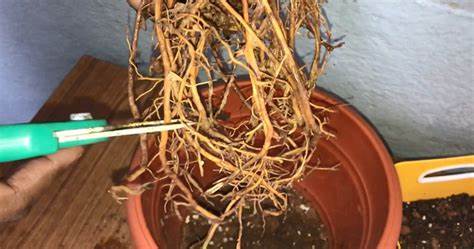
It’s essential to fix root rot so that it does not affect the other healthy plants around. Following are some steps you can take to fix root rot:
1. Prune the Affected Roots
Using clean, disinfected pruning shears or scissors, cut away the roots’ visible root rot-affected areas. You should only cut through sound and hard tissue.
2. Improve Soil Drainage
Ensure the soil or growing medium the plant is in has good drainage. Drainage can be enhanced by adding organic matter to the soil.
3. Apply Fungicides
Consider employing a root rot-specific fungicide if the root rot is severe or chronic. Apply the product as directed by the manufacturer.
4. Improve Air Circulation
Avoid packing too many plants together to ensure appropriate air circulation around the root zone. If necessary, remove extra foliage.
5. Modifying Watering Strategies
Root rot is frequently caused by overwatering. Water at the base of the plant to prevent wetting the foliage, and wait a little while between waterings to let the topsoil gradually dry.
Conclusion
To protect plants against root rot, proactive actions are necessary because prevention is still the best course of action. It is typically not advisable to rely exclusively on nature to heal this sneaky illness, even while some plants have natural defenses and can, to a limited extent, recover from mild root rot infections under ideal conditions. The road to recovery becomes progressively difficult once root rot sets in.
Therefore, maintaining the health and vitality of your plants and preventing them from succumbing to the merciless grip of root rot require monitoring, early identification, and dedication to good plant care practices.
Frequently Asked Questions
How Can I Know if The Root Rot in My Plant Has Healed on Its Own?
You can tell if a plant has recovered from root rot by looking for evidence of growth and general health improvement. To avoid re-infection, it is crucial to carry on with appropriate plant care.
Can Root Rot Spread to My Other Garden Plants?
Yes, if the infected plant is not isolated or destroyed, root rot can spread to neighboring plants. Place impacted plants in quarantine and avoid cross-contamination by washing your hands between handling plants and sterilizing your instruments.
Which Plant Species Are Most Prone to Root Rot?
Root rot is more common in some plant species, particularly those that enjoy damp environments. Azaleas, rhododendrons, tomatoes, and other water-loving houseplants are a few examples.
I Had a Plant with Root Rot. Can I Use the Soil from The Pot Again?
Reusing soil from a pot that once housed a plant with root rot is typically not advised since the soil may still contain pathogens or fungal spores. It is preferable to completely clean or sterilize the pot in addition to replacing the soil.
Are There Any Natural Predators or Beneficial Organisms that Can Help Control Root Rot Fungi in The Soil?
Certain root rot fungi may be preyed upon by some helpful nematodes and soil-dwelling predators. They may not offer total control, though, and their efficacy can vary.

